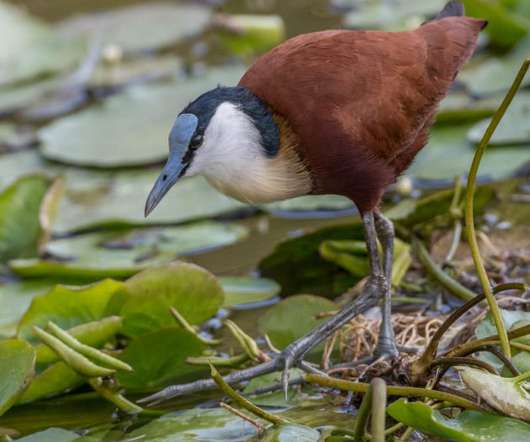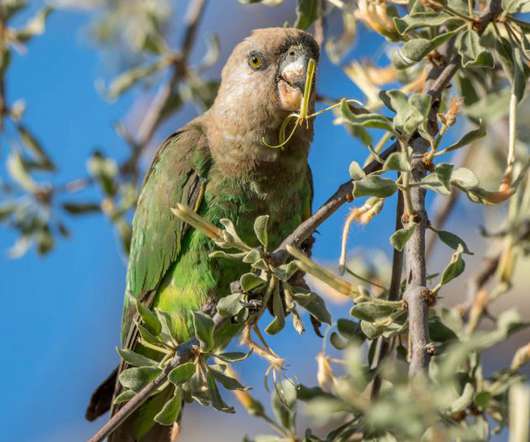Birding the Kruger Park (4): Letaba area
10,000 Birds
AUGUST 22, 2022
Colorful bills and heads seem quite popular among Letaba’s bird species – see the African Jacana (blue and black) … … the Striated Heron (yellow and blue) … … and the Yellow-billed Stork (yellow and red). The Latin species name vermiculatus (worm-like) refers to the markings on the upperparts.












Let's personalize your content